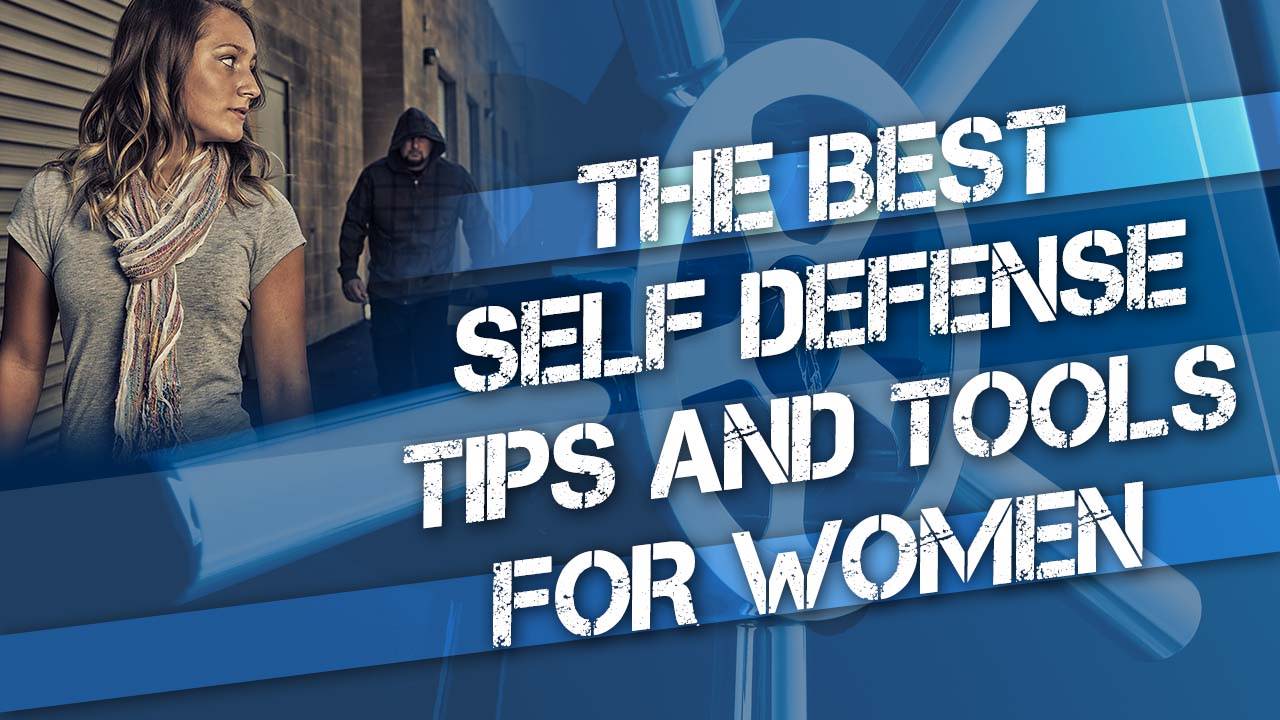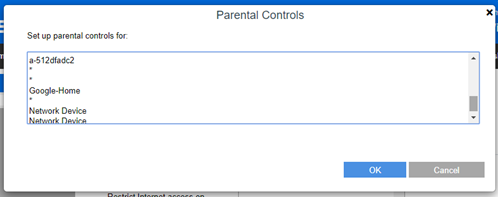
Project Safe Neighborhoods is a national law enforcement initiative funded by the federal government. This program aims reduce violent crime. This program is based on neighborhood-based and urban design strategies to ensure safety. Homebuilders are also involved in the program, which is responsible for making neighborhoods safer. This article will explore the new law and its impact on neighborhood safety.
Project Safe Neighborhoods is an initiative that spans the country.
Project Safe Neighborhoods focuses its efforts on the prevention of violent crime and creating safer neighborhoods. The program uses evidence-based and data-driven approaches to address the problem and strengthens partnerships between law enforcement agencies, communities, and other community members. A Department of Justice study found that Project Safe Neighborhoods was linked to a 13.1% decrease in violent crime. It also led to double-digit reductions in homicides. Project Safe Neighborhoods, legislation to make America safer, was approved unanimously by the U.S. Senate in 2018.
Project Safe Neighborhoods is a collaboration between prosecutors, law enforcement officials and community-based partner to solve violent crime problems in their communities. The U.S. Attorney's Offices of 94 federal judicial Districts coordinate the program and account for local issues in a neighbourhood's crime rate and violent crime statistics. It also incorporates data analysis and research into decision-making processes to help communities develop and implement a plan for a safer neighborhood.

It aims reduce violent crime
The federal government is investing in creating safer neighborhoods. This initiative seeks to reduce violent crimes by providing funding and increasing law enforcement personnel to assist police departments in responding to crime. The funding will help police departments hire essential staff, compensate overtime, and purchase lifesaving equipment for officers in the street. Federal funds will also be used to improve law enforcement data analytics, such as data from CCTV cameras and bodycams.
The program uses a systematic, evidence-based approach for violence reduction. The PSN draws on lessons learned from other initiatives that reduce violent crime to help determine the most successful strategies.
It makes use of urban design to increase safety in the neighborhood
Urban design is a powerful tool that can address safety in your neighborhood. Urban design focuses on altering the social and physical environment. This is a key factor in crime prevention. This approach is also grounded in community building. It works to reduce crime-motives by improving the quality of social life and fostering community.
Although the process of altering the built environment can take a while and be costly, it is an important step towards reducing crime. A neighborhood can avoid future problems by ensuring good design is used during development. Urban design should take accessibility into account, sustainability, and ongoing activation, activation, management.

It involves homebuilders
A homebuilder can play an important part in neighborhood safety. A safe neighborhood encourages a sense of community, which increases the likelihood that neighbors will alert one another to suspicious activity. These programs allow residents to connect with one another and build the community's social network.
It promotes community-based safety networks
The Mayor's Action Plan for Safety in Neighborhoods is a program that encourages safety and gives residents the opportunity to voice their concerns. In a recent survey, respondents ranked schools and jobs as the most important safety factors in their neighborhood. Residents also pointed out the importance of safety factors such as neighborhood layout, employment opportunities and crime rates.
The blueprint is grounded in evidence and prioritizes the upstream interventions that increase community safety. Given the limited federal funding available, it is critical to create long-term, flexible, sustainable funding sources that support community safety efforts. This blueprint provides successful examples for policy interventions that can improve safety in neighborhoods and build trust with local governments.
FAQ
How much does it cost to enroll in a self-defense course?
There are many self-defense classes available. The price varies depending on where you live and whether you attend in person or online.
Some schools charge just $50 per Month, while others charge upto $200.
Look into local community centers for a cheaper option. Many of these centers offer free self defense lessons.
What can I do to learn self-defense at my home?
There are many options available to help you improve your self-defense skills. Martial arts is the best place to begin. Martial Arts teach you how not to use weapons. They are also great for building confidence and fitness. Many schools also offer online classes. You don't even have to attend a class. It's important to know what type of martial art you want to learn. Do you want to learn Kung Fu? Or perhaps Karate? While these styles are quite different, both are excellent options. The difference between them is mainly based on the style of fighting used. For example, karate focuses on striking techniques while Kung fu focuses on grappling and kicking.
It is important to check whether they offer multiple forms of instruction when selecting a school. This is the variety of martial arts styles offered by a school. Some schools only offer instruction in Tai Chi while others can teach you all forms of martial art. It doesn't matter what martial art you choose, you should make sure that the school you choose is accredited. Ask around to see if anyone you know has studied there and asked questions regarding the instructors' background and training history. If possible, visit the school and talk with someone who teaches there.
Where is the best place for self-defense?
Self-defense can be practiced in your backyard. If you don’t own enough space, you could practice elsewhere.
You could even practice in a vacant parking lot or park. Keep your eyes open and be aware of what's around you.
This is extremely dangerous. Always practice with a partner.
Statistics
- Verbal harassment was the most common form, but 51 percent of women said they were touched or groped in an unwelcome way, while 27 percent of women survived sexual assault. (healthline.com)
- In a January 2018 survey of 1,000 women nationwide, 81 percent reported experiencing some form of sexual harassment, assault, or both in their lifetime. (healthline.com)
- The Rape, Abuse & Incest National Network reports that 70 percent of sexual violence cases aren't committed by random strangers in a dark alley but by people we know: friends, family, partners, co-workers, etc. (healthline.com)
- Most likely, you'll get tapped out by 90% of the people in your first 3-5 months. (mmaclan.com)
External Links
How To
How to properly use pepper Spray for Self-Defense
Wearing gloves is the best way to ensure you don't accidentally injure yourself while pepper spraying. This will help to prevent accidental firing from the gun.
You should also aim your pepper spray at the eyes. The eyes are the most sensitive part of the body and could be damaged if pepper spray is used. Aiming toward the nose is recommended because it will not burn as much as aiming directly into the eyes.
You need to hold the canister tightly in your hand when using pepper spray. Because pepper spray could explode if it is dropped, and the sprayer can start spraying everywhere. You can fire the pepper spray slowly by pulling down on the trigger. It's important to keep the trigger pressed down all the time, or else the pepper spray won't work.
Pepper spray works best when sprayed directly into the eyes. However, aim for the nose if you cannot reach the eyes.
Once the pepper spray hits the mark, the attacker may feel very uncomfortable. The attacker may feel dizzy and nauseated. In addition, he/she will probably experience intense itching and burning sensations.
You should quickly flee the area once you have been rendered unconscious by your attacker. Don't let him/her get near you again. Notify the police immediately.